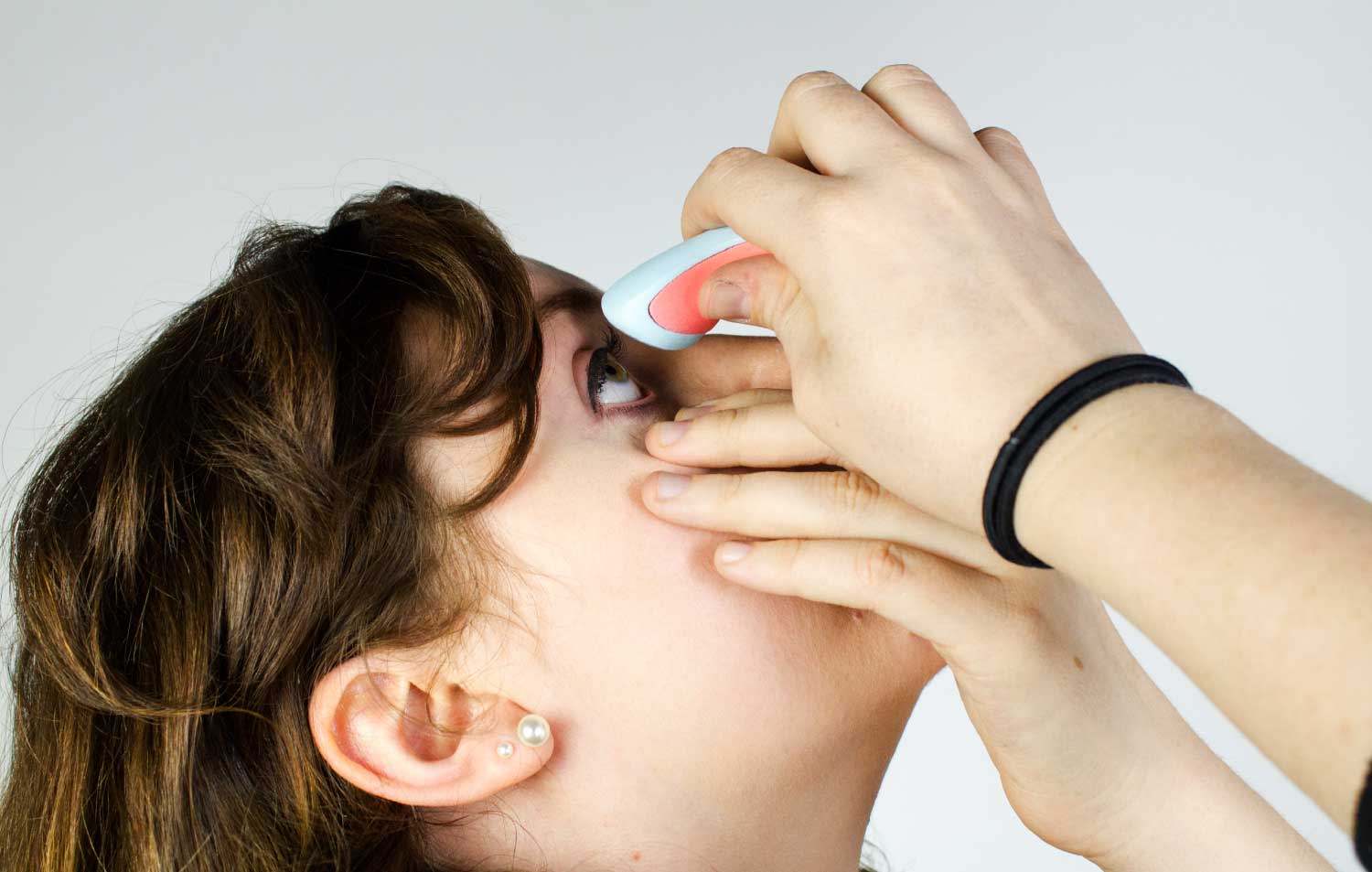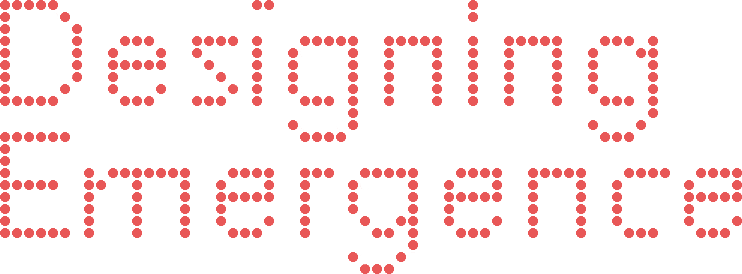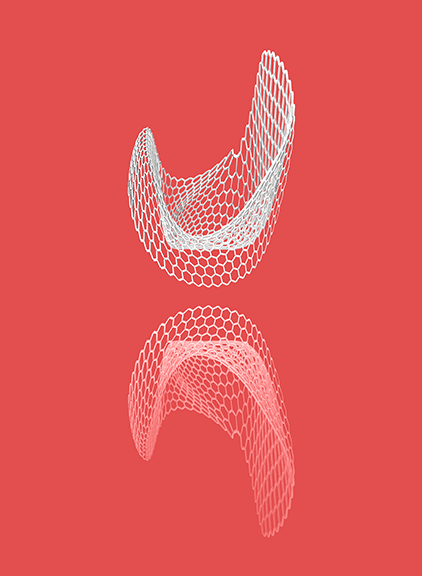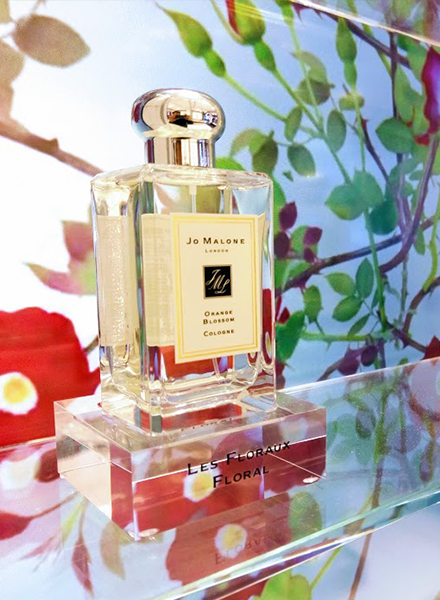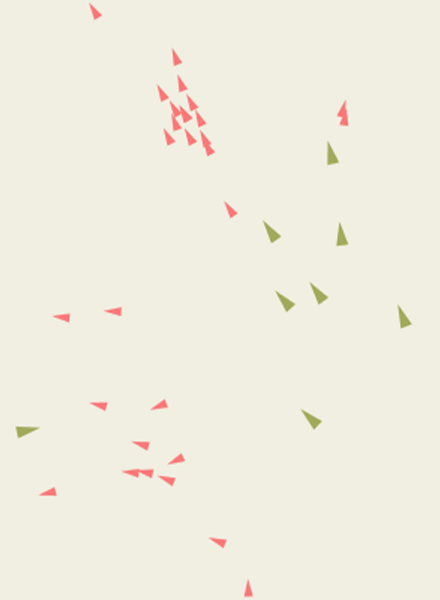Aim
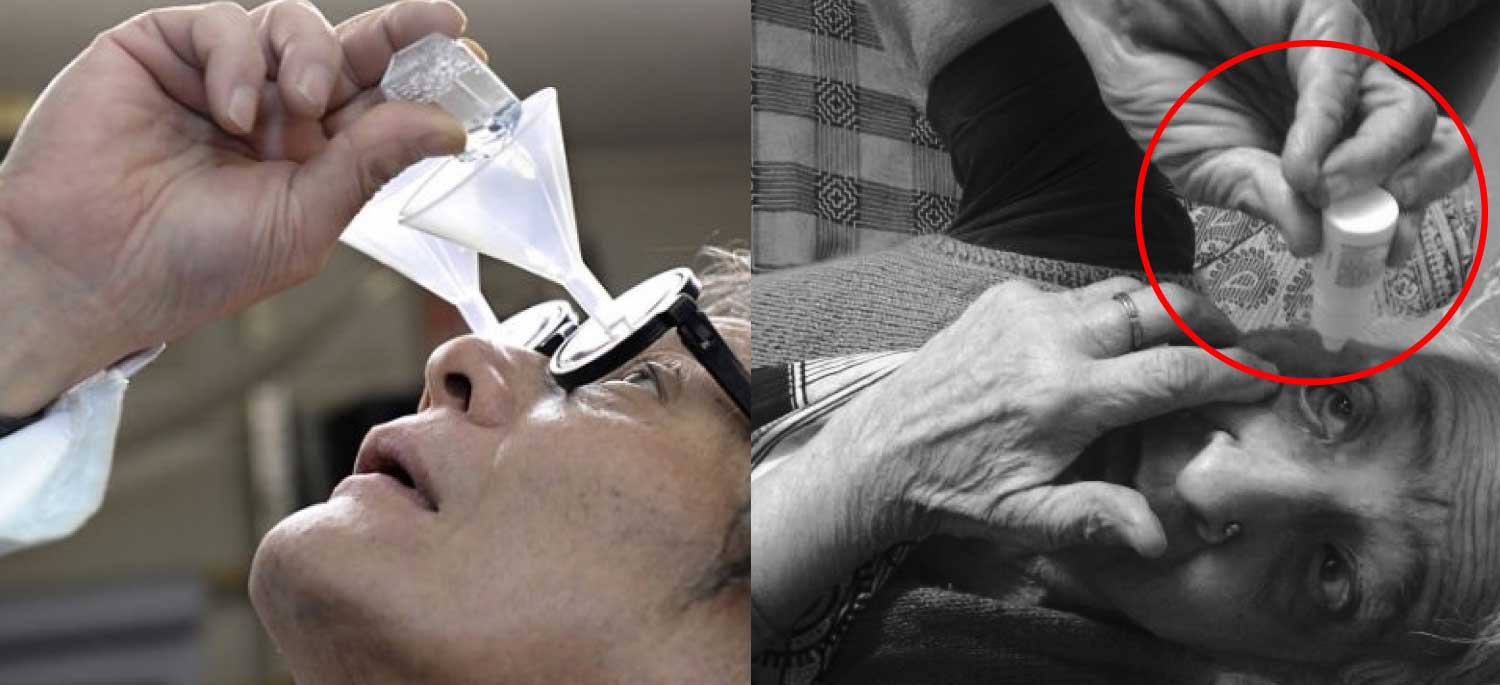 Eye drops are tricky to use. People have a hard time aiming the drops into their eye. For people with arthritis, even holding the bottle can be difficult. I asked people to put in eye drops and the results confirmed that applying them is not as easy as it could be.
Eye drops are tricky to use. People have a hard time aiming the drops into their eye. For people with arthritis, even holding the bottle can be difficult. I asked people to put in eye drops and the results confirmed that applying them is not as easy as it could be.
__
Process
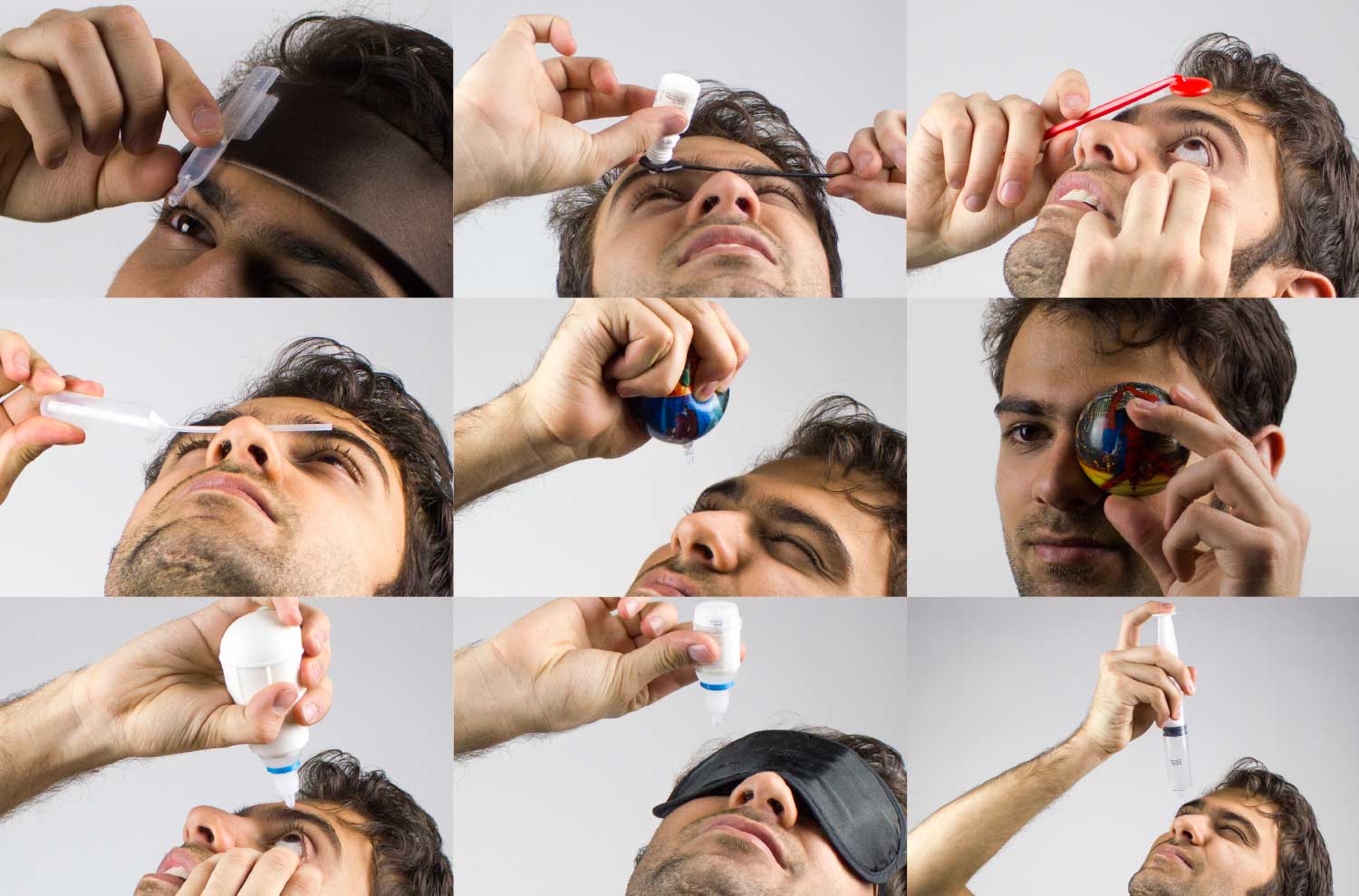 After identifying the problems with current eye drop containers, I tested a variety of sketches to come up with potential solutions. Although crude, they helped me approach the problem in different ways. I also was able to narrow down my ideas very quickly.
After identifying the problems with current eye drop containers, I tested a variety of sketches to come up with potential solutions. Although crude, they helped me approach the problem in different ways. I also was able to narrow down my ideas very quickly.
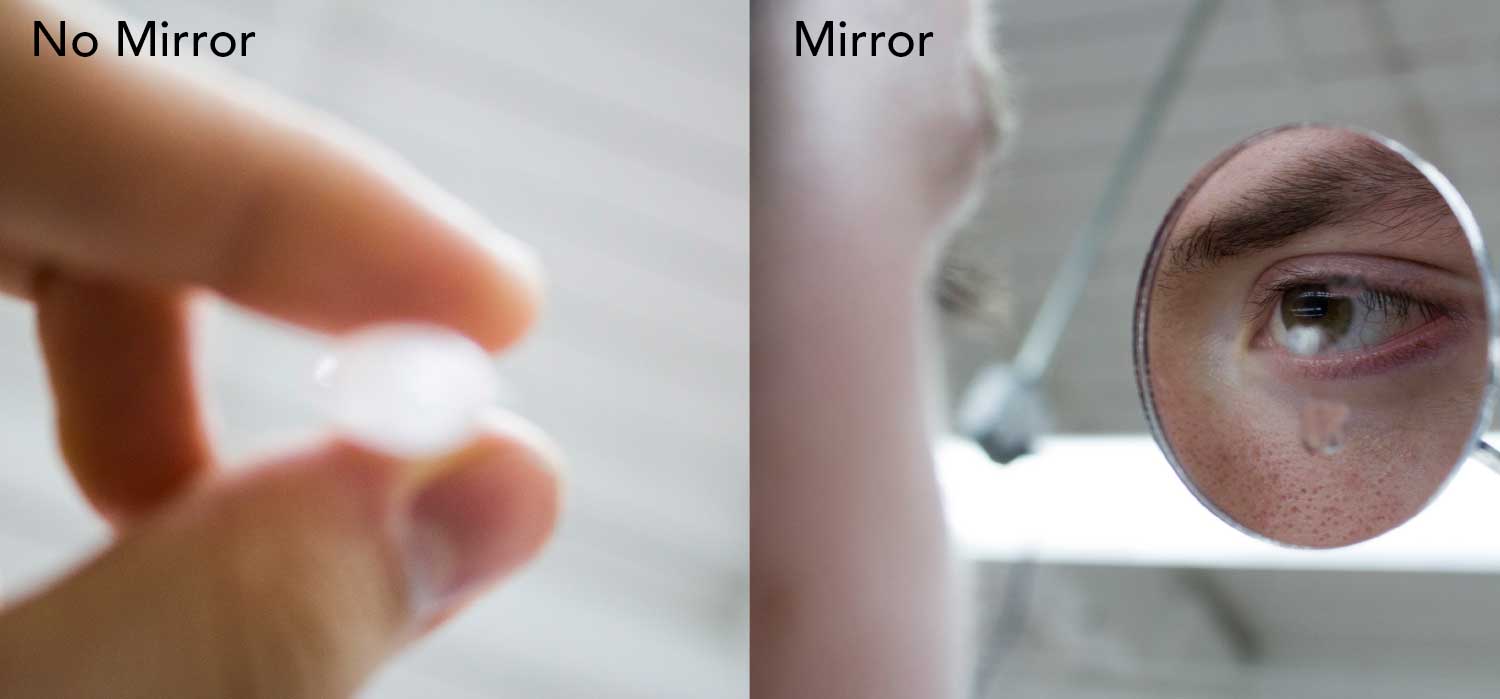
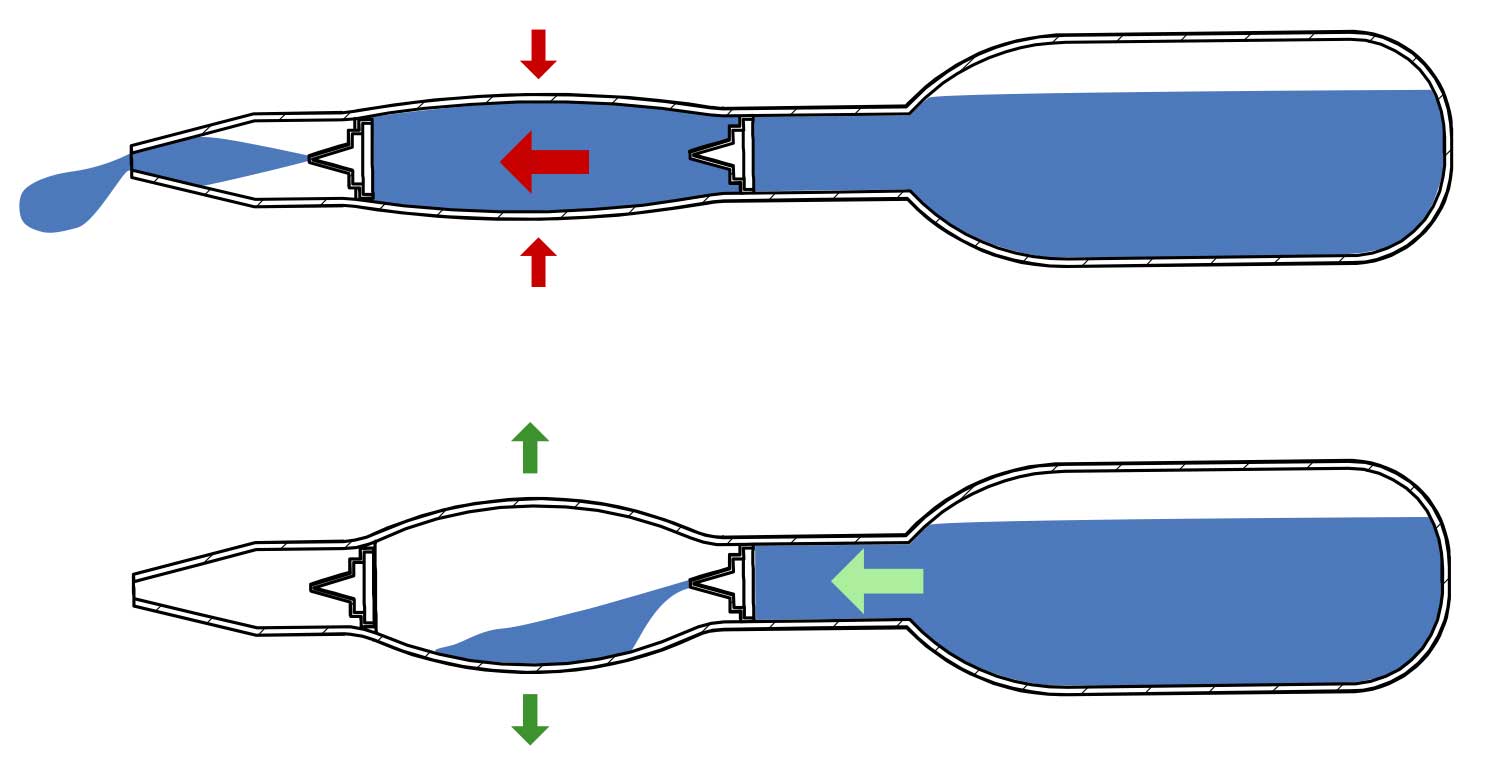
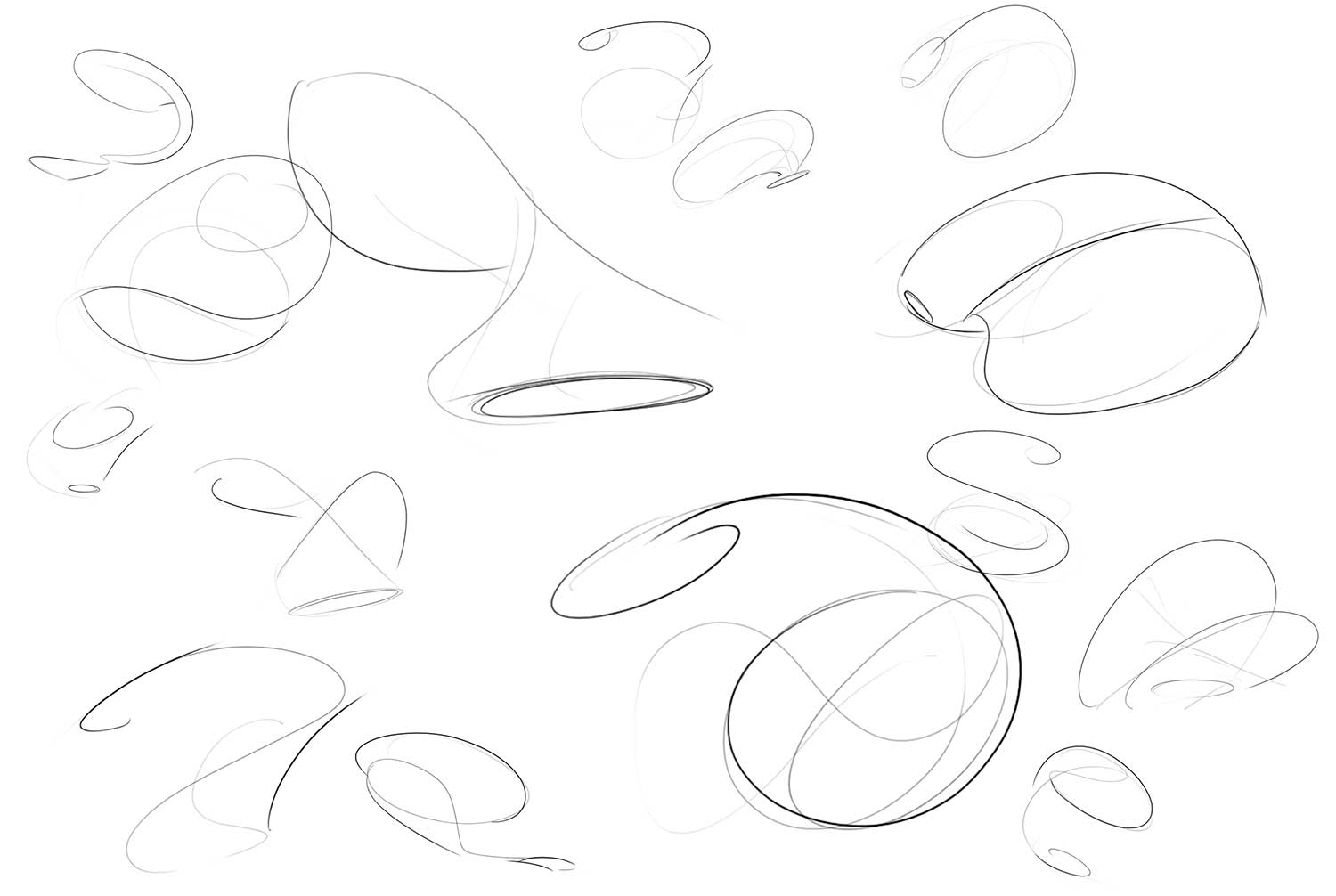
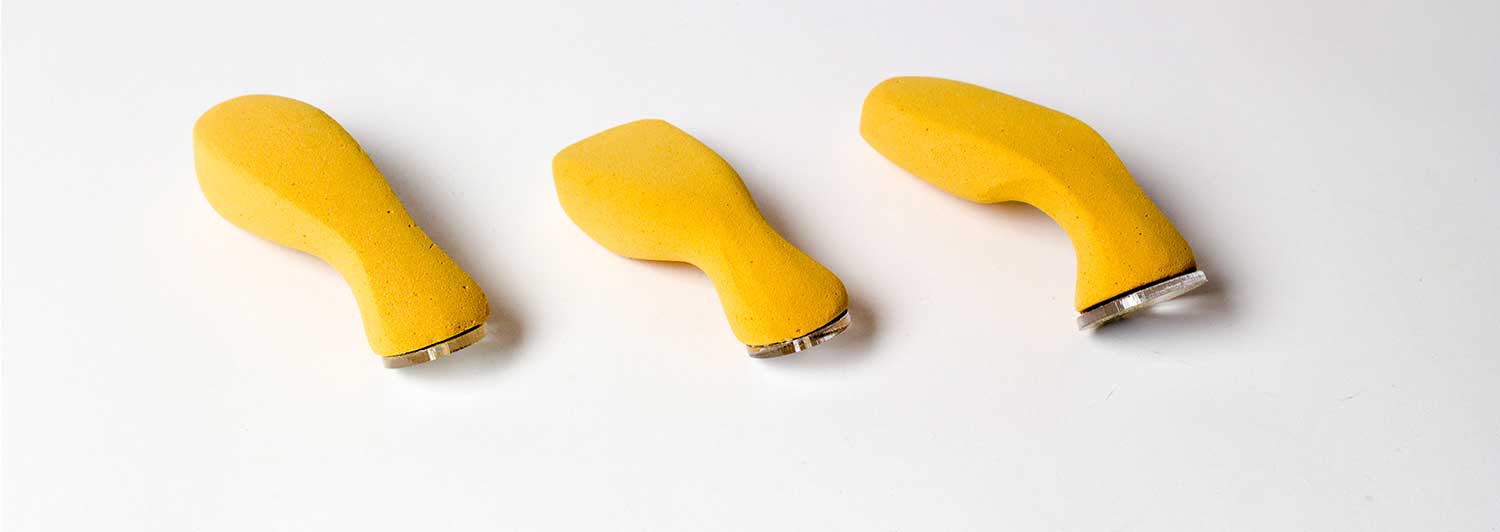
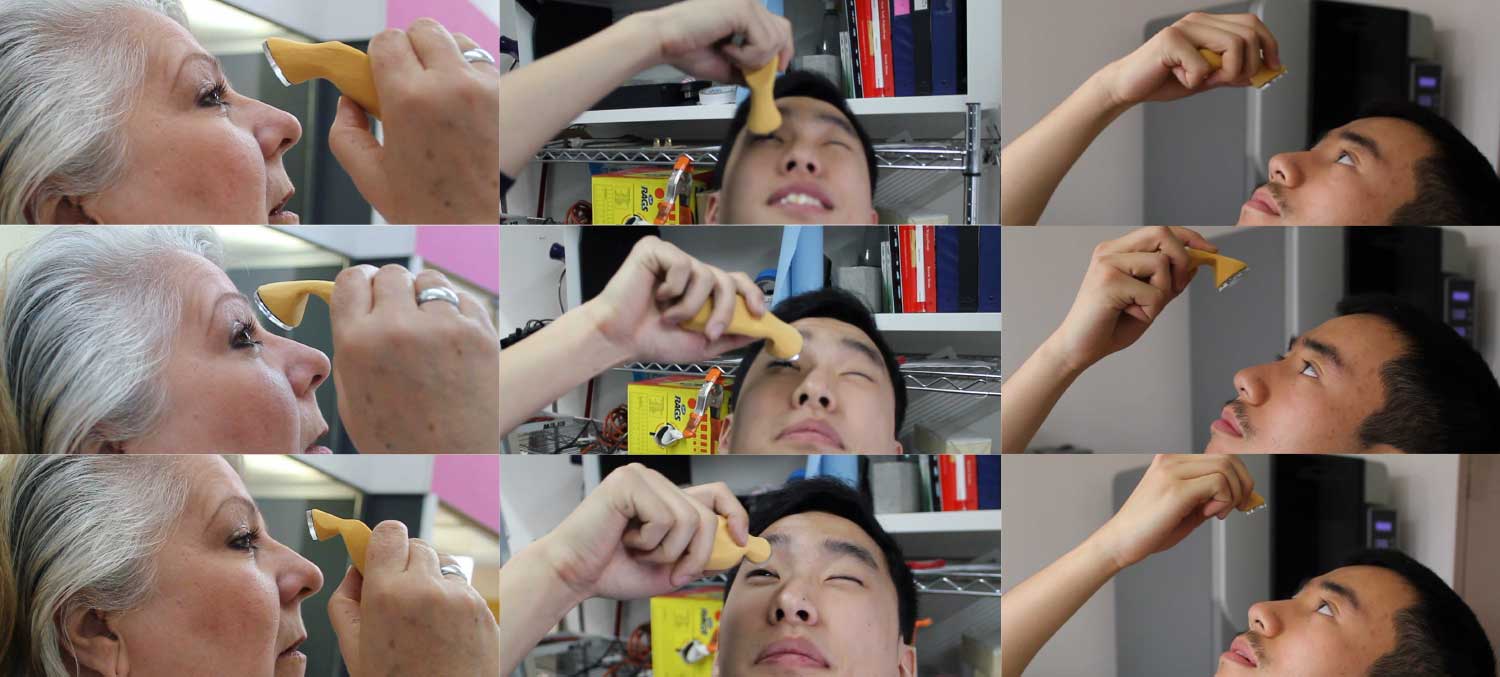
Final Design
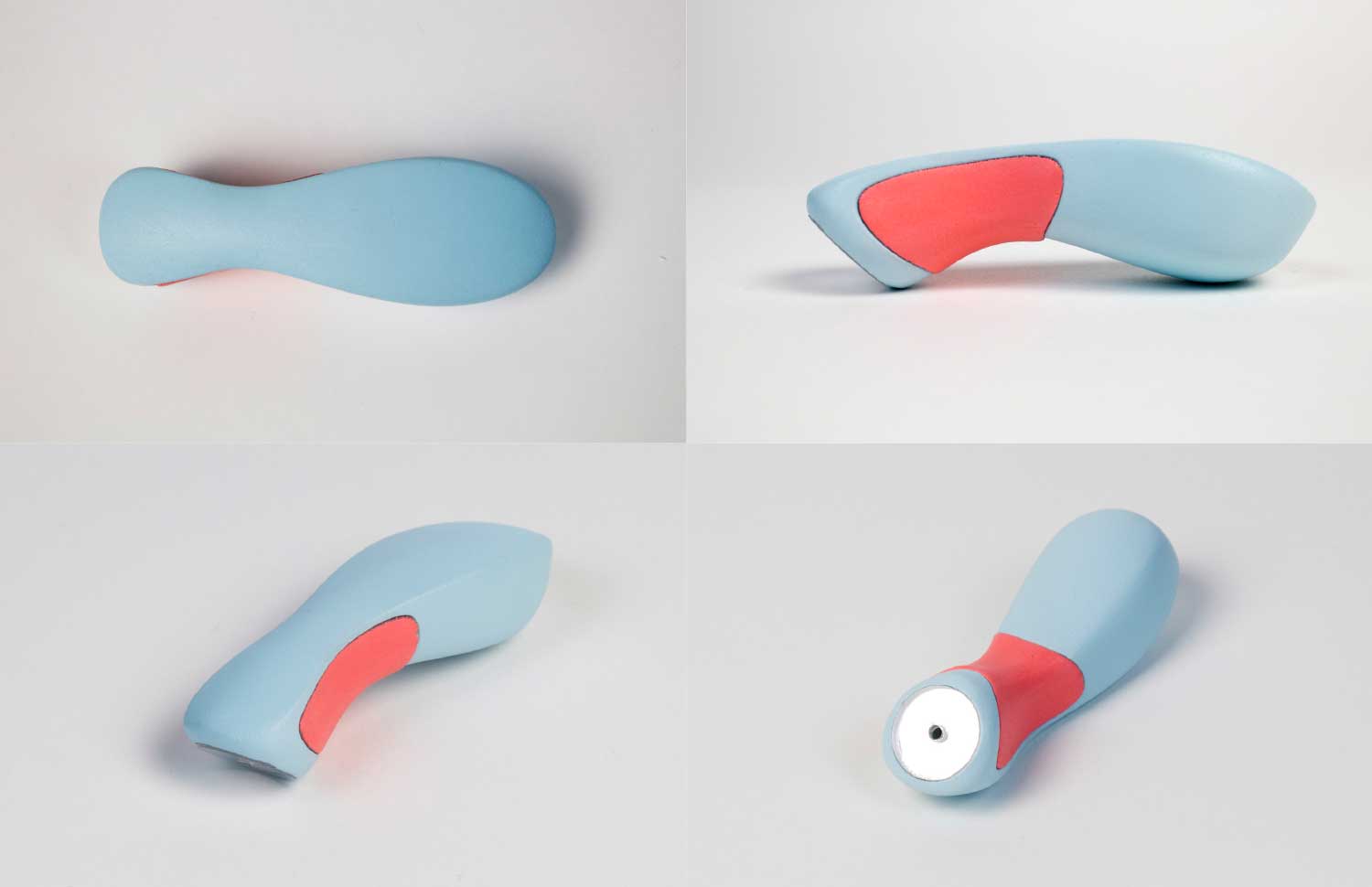 The final design. features an angled body to make the container easier to hold and a mirror to allow you to see where you are aiming. The soft colors makes the container more approachable and the red accent suggests to the user where to press.
The final design. features an angled body to make the container easier to hold and a mirror to allow you to see where you are aiming. The soft colors makes the container more approachable and the red accent suggests to the user where to press.
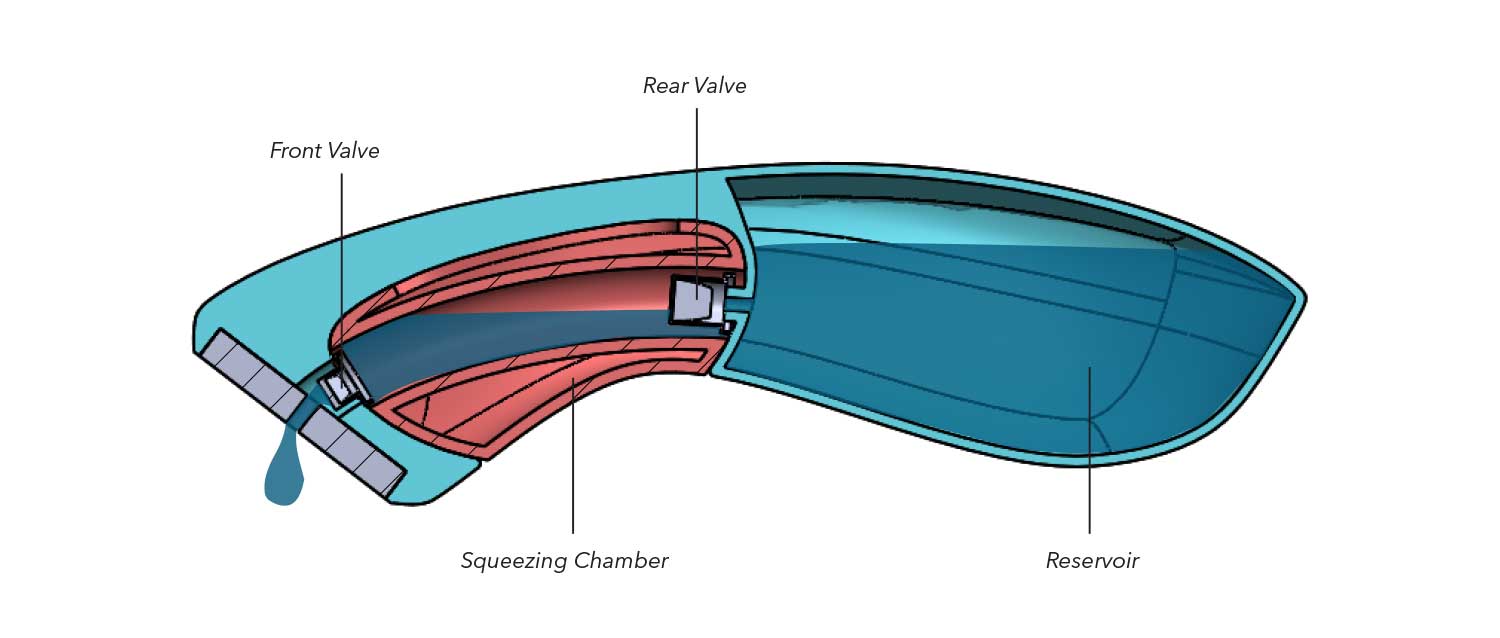 Aim features a double valve system that releases a unit dosage, no matter how hard you squeeze. The valves are integrated into the body of the container.
Aim features a double valve system that releases a unit dosage, no matter how hard you squeeze. The valves are integrated into the body of the container.
